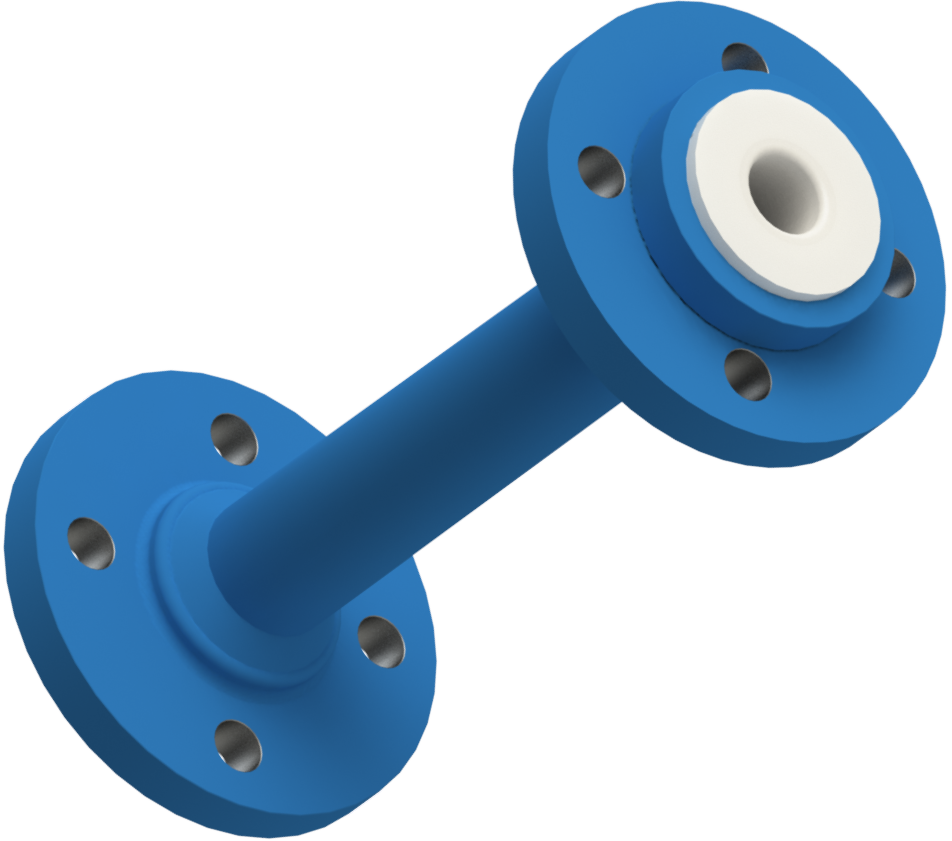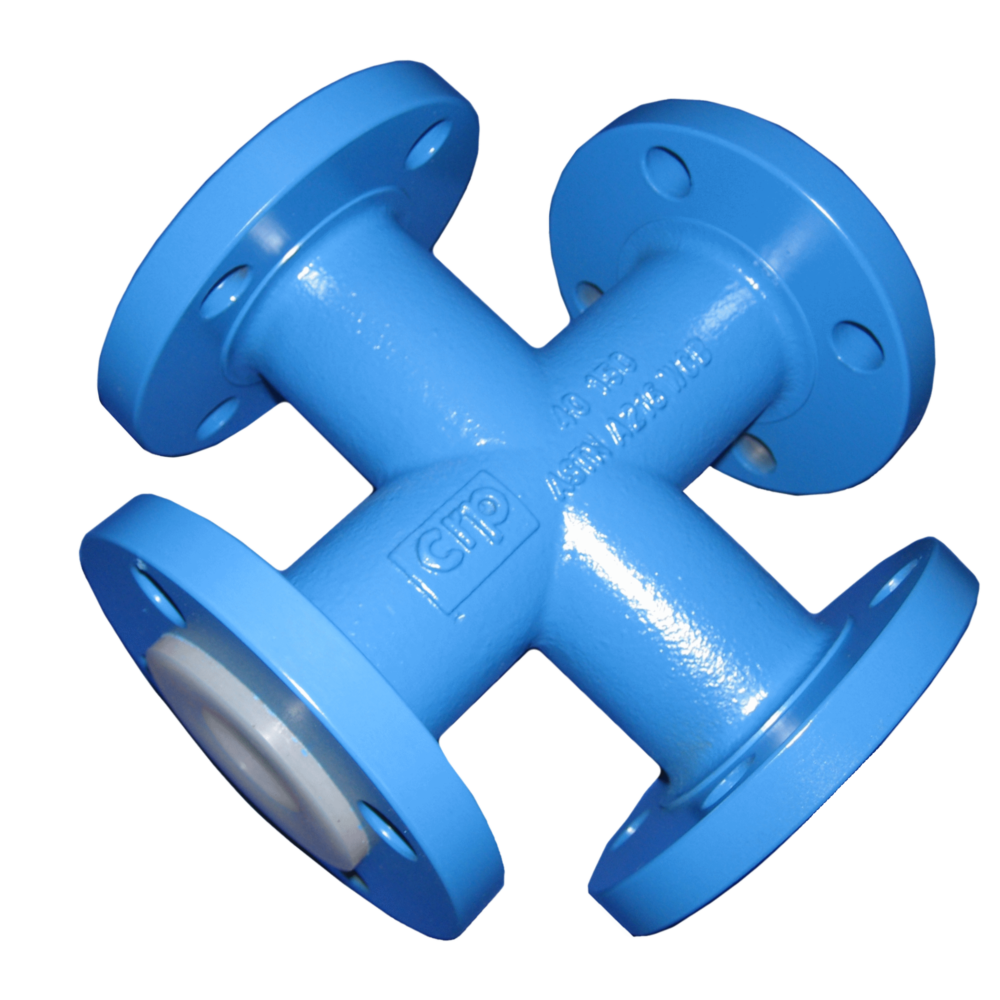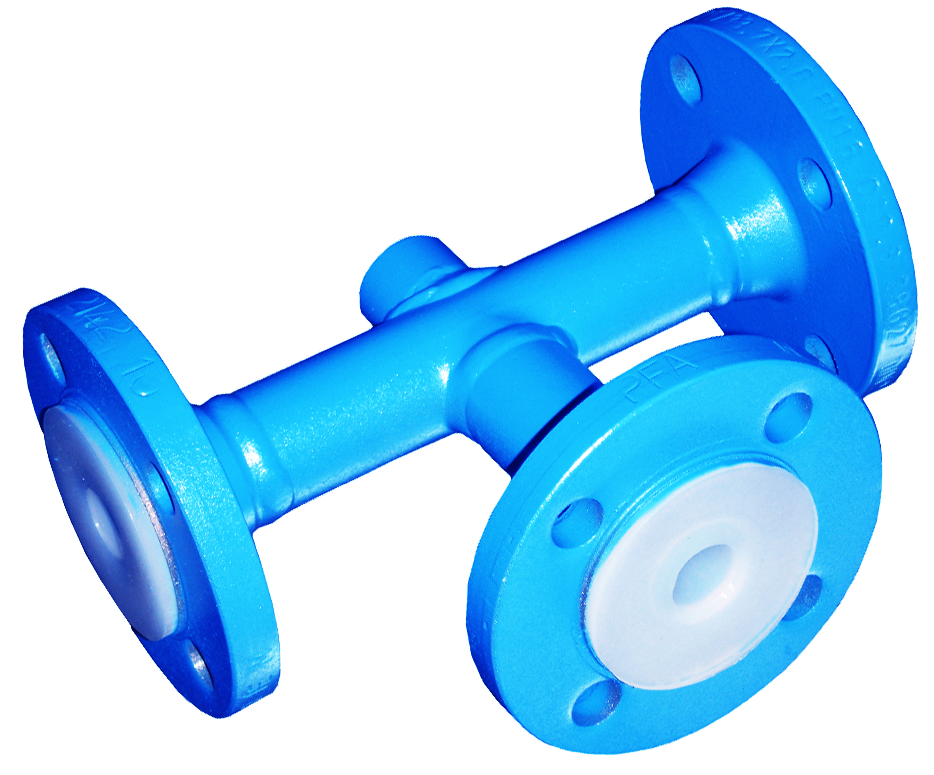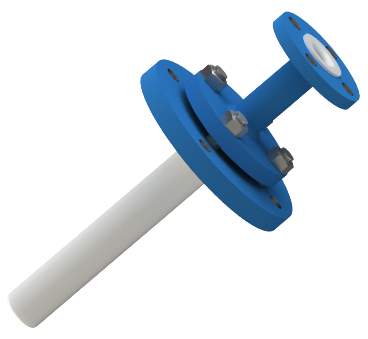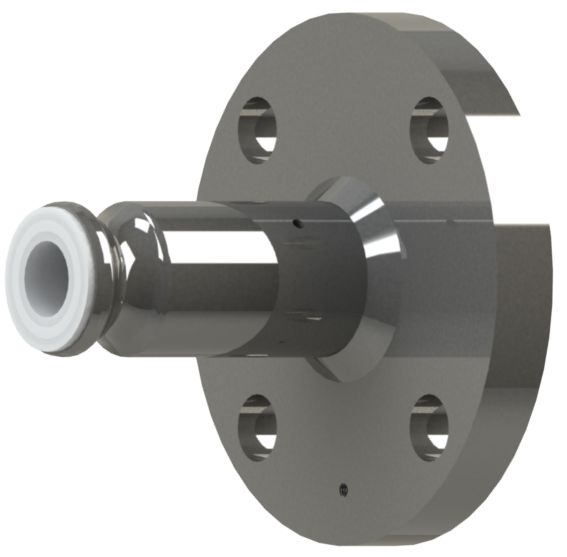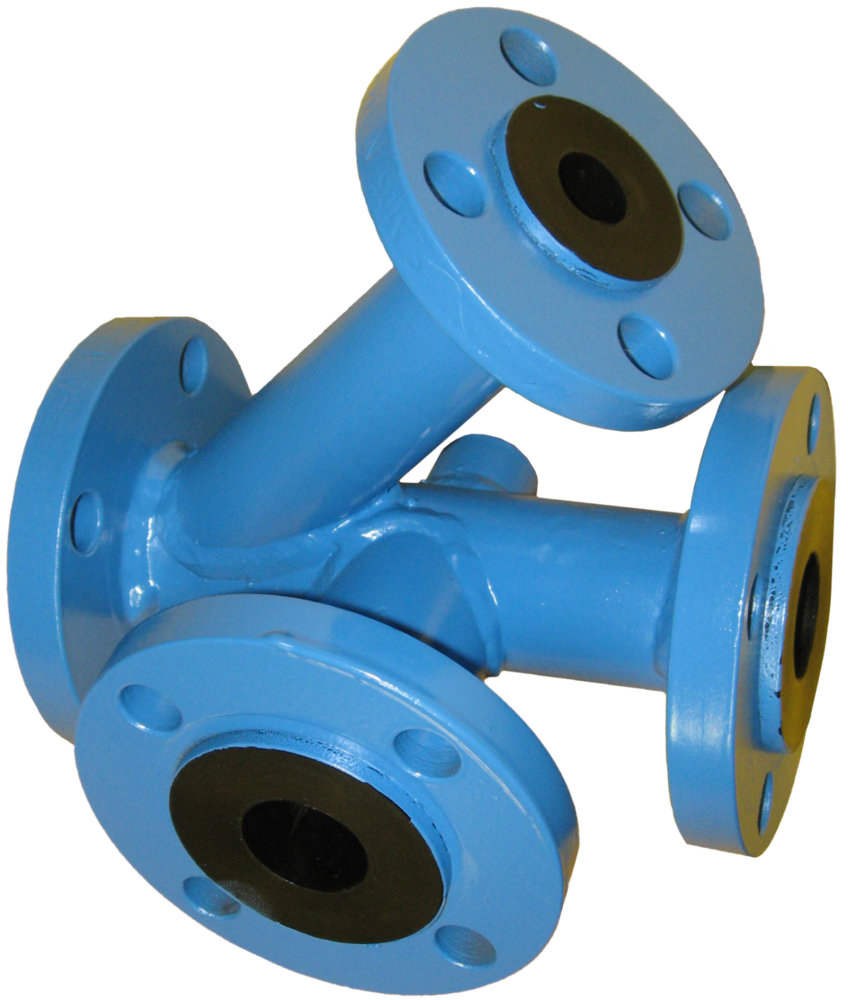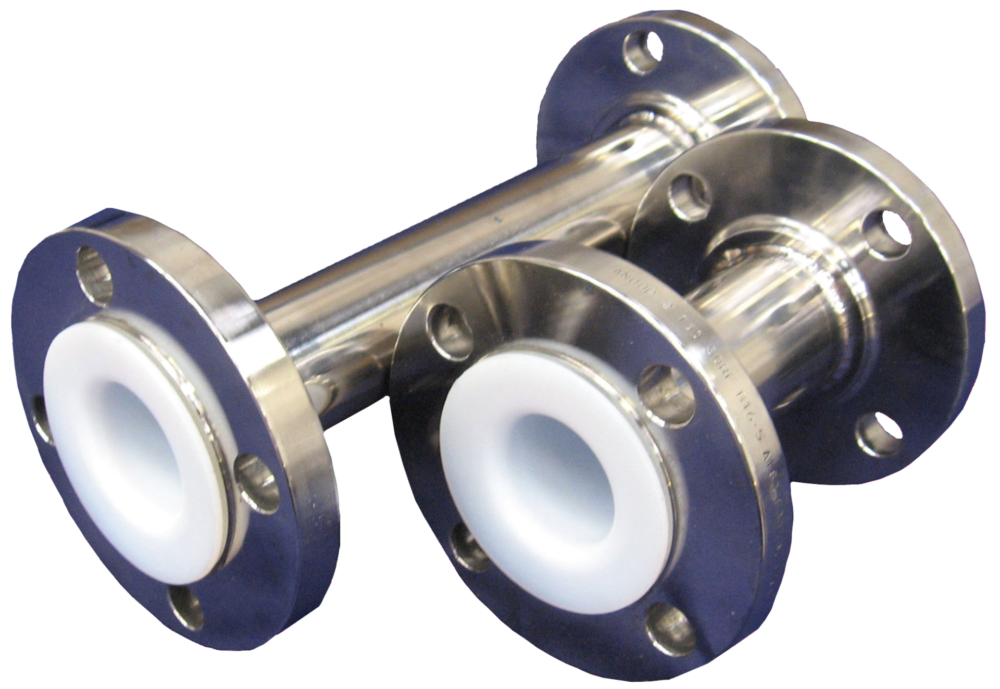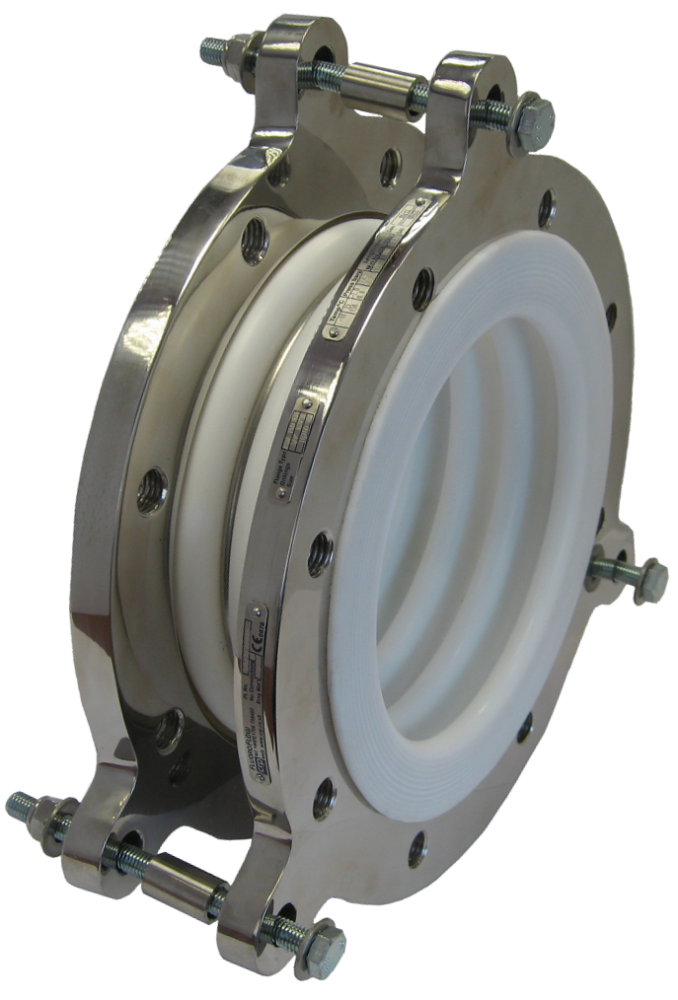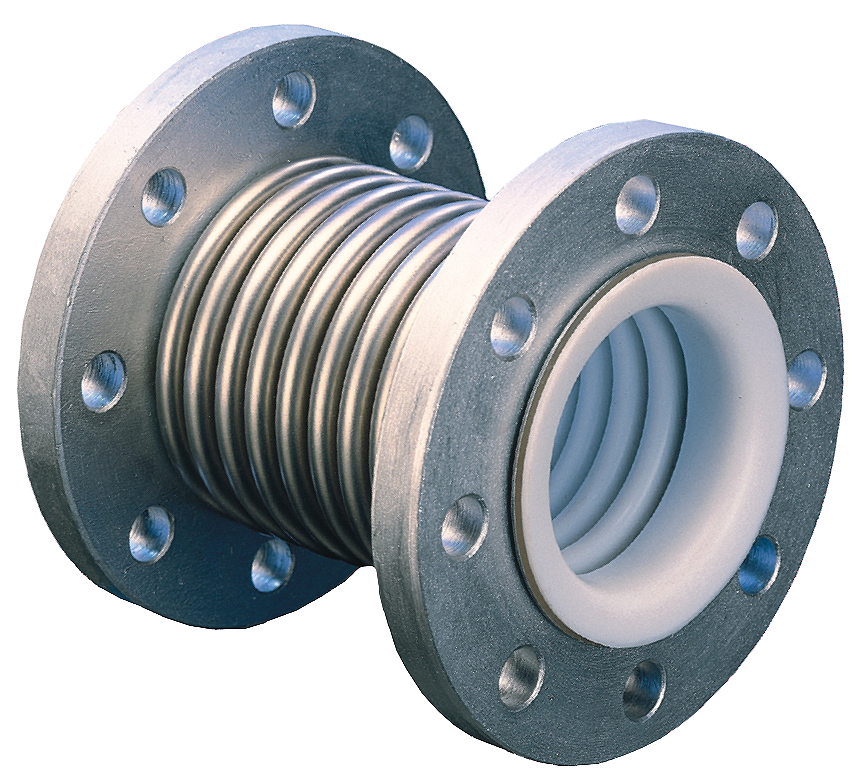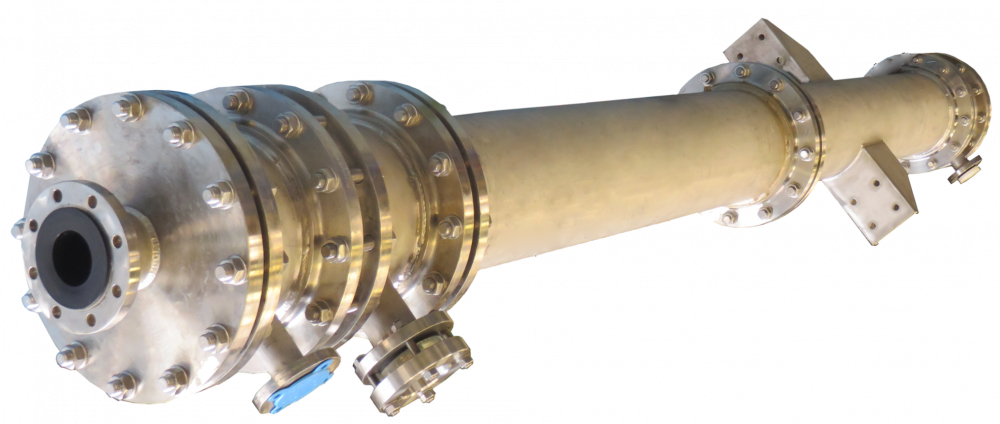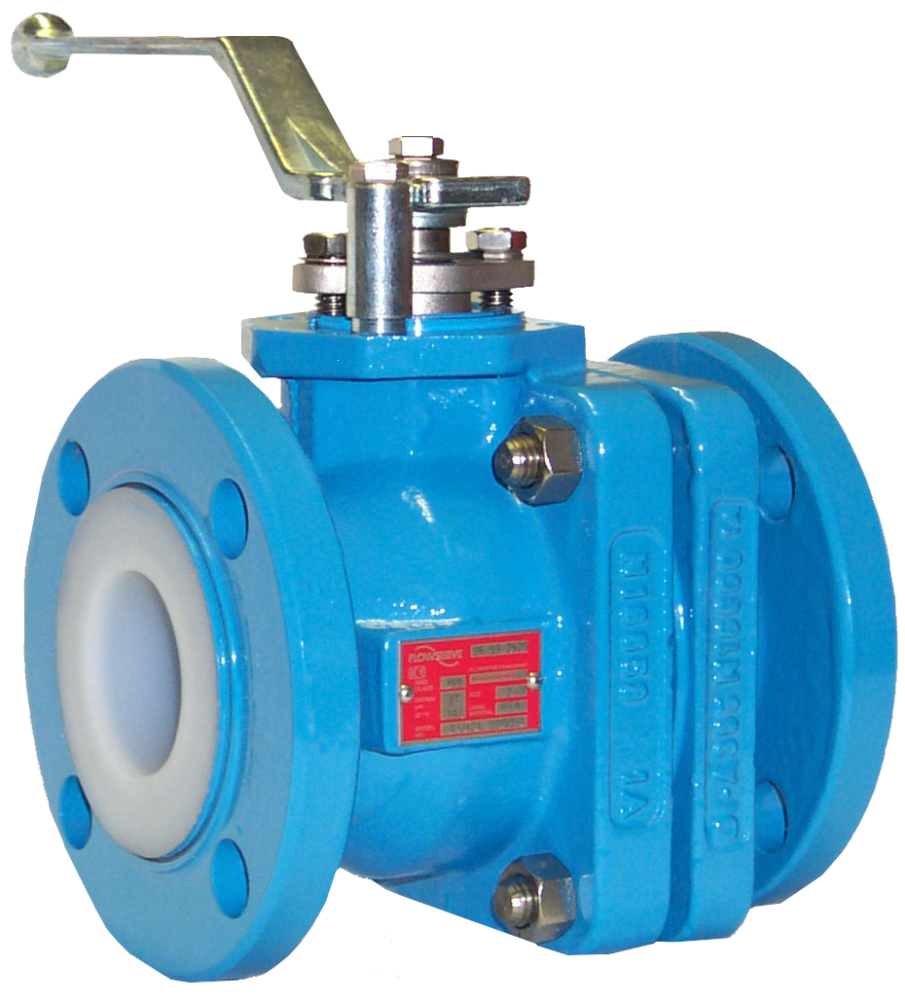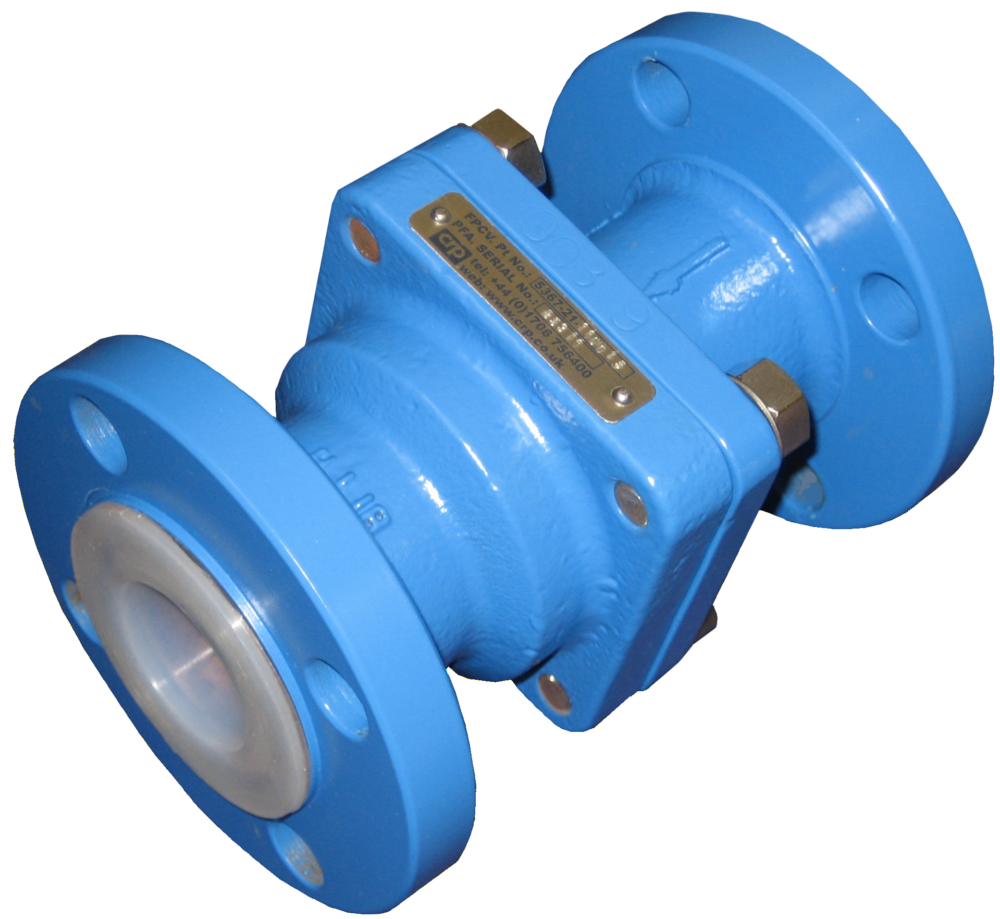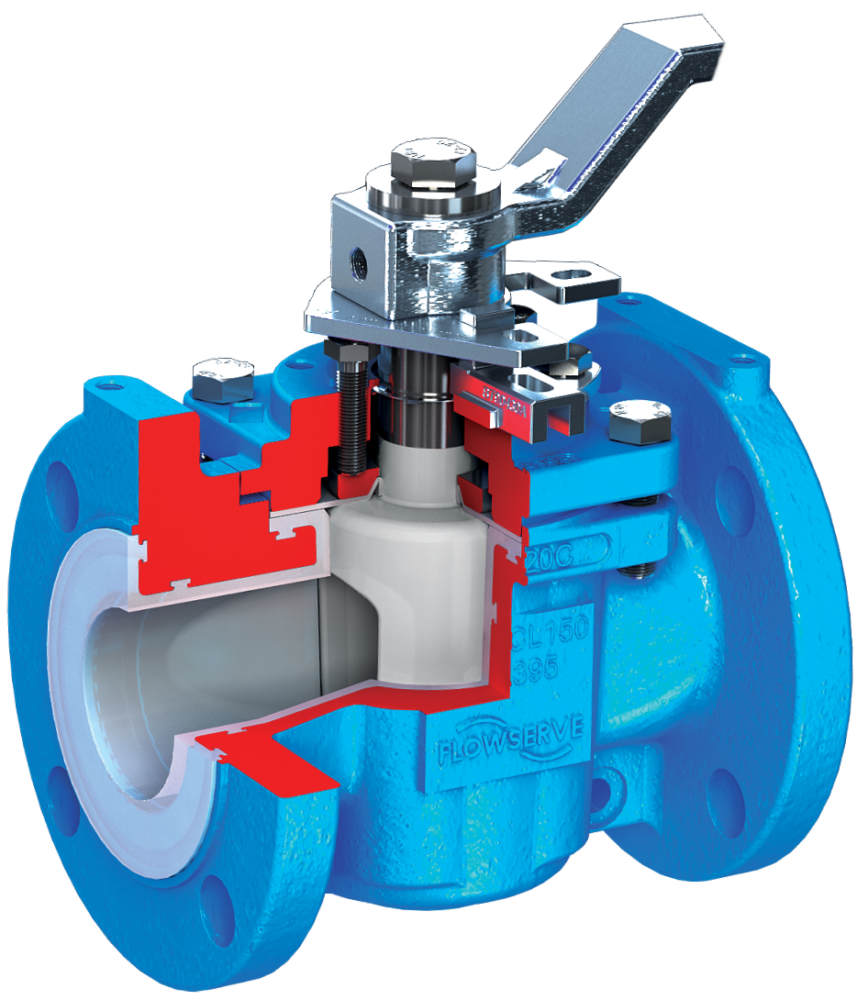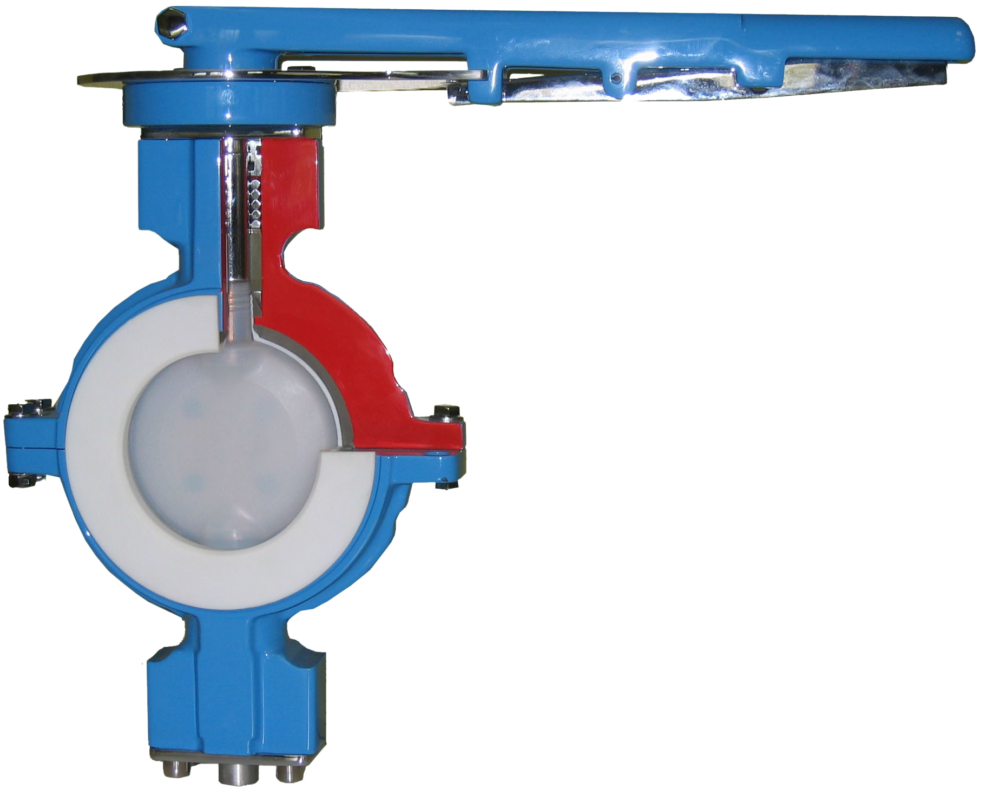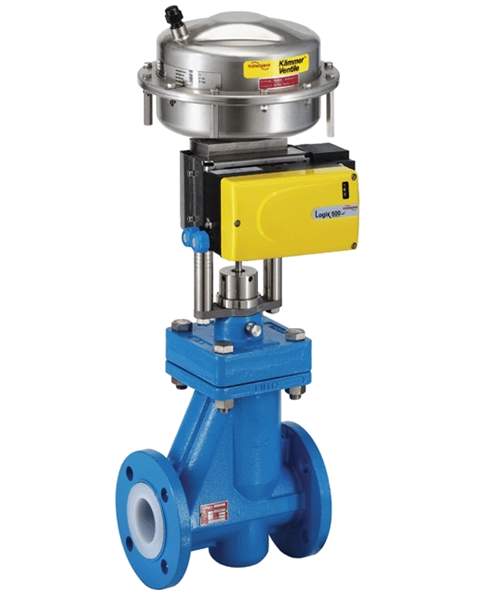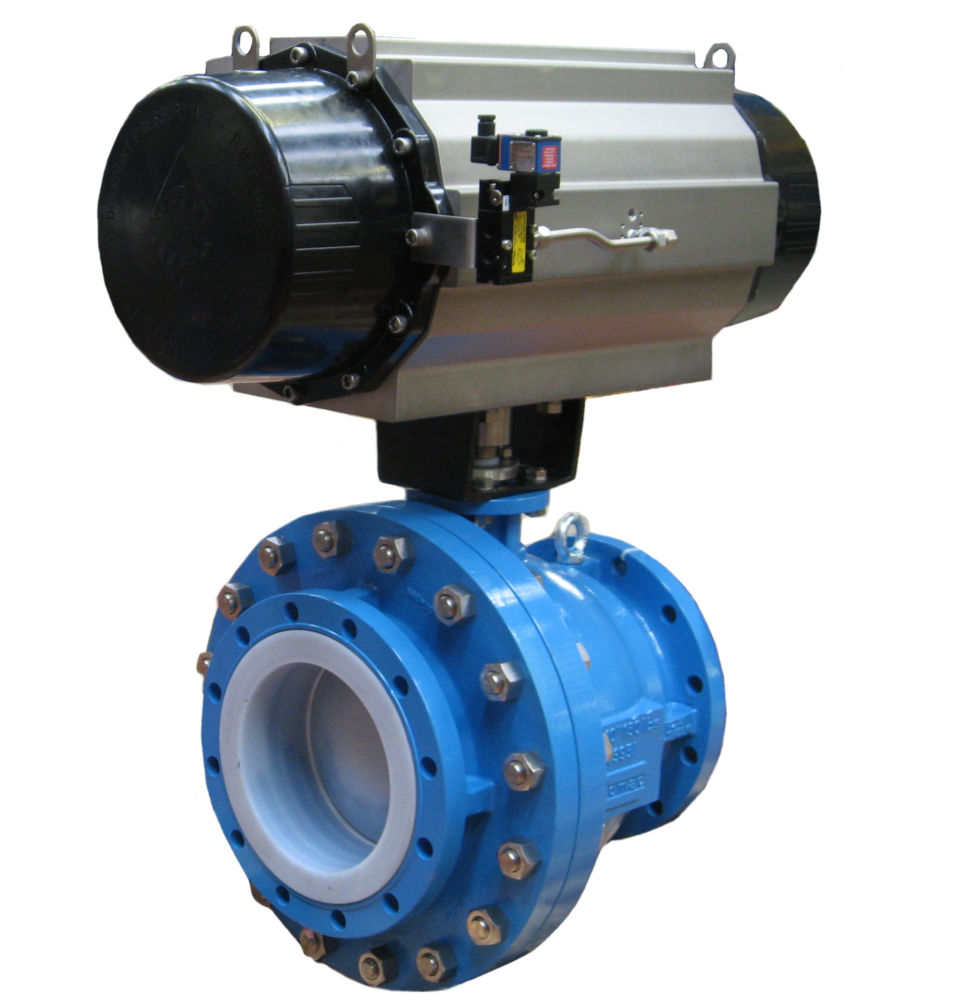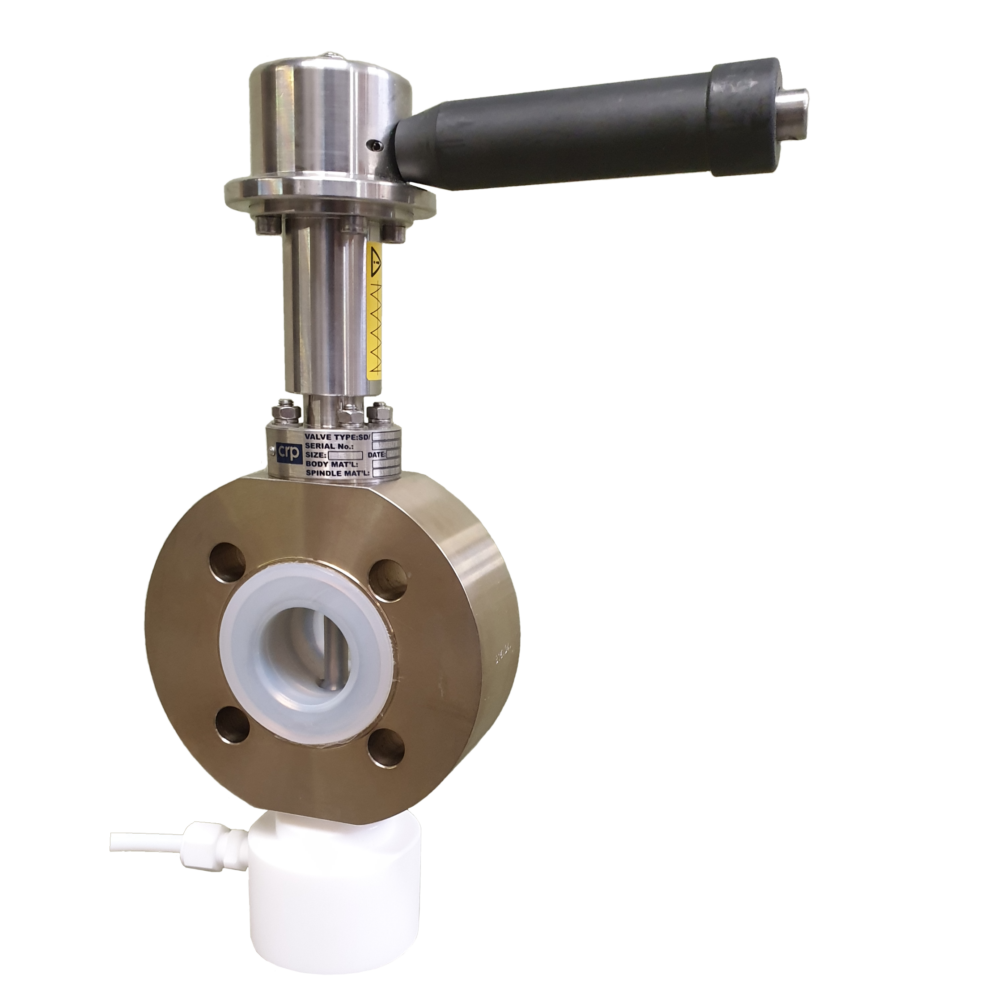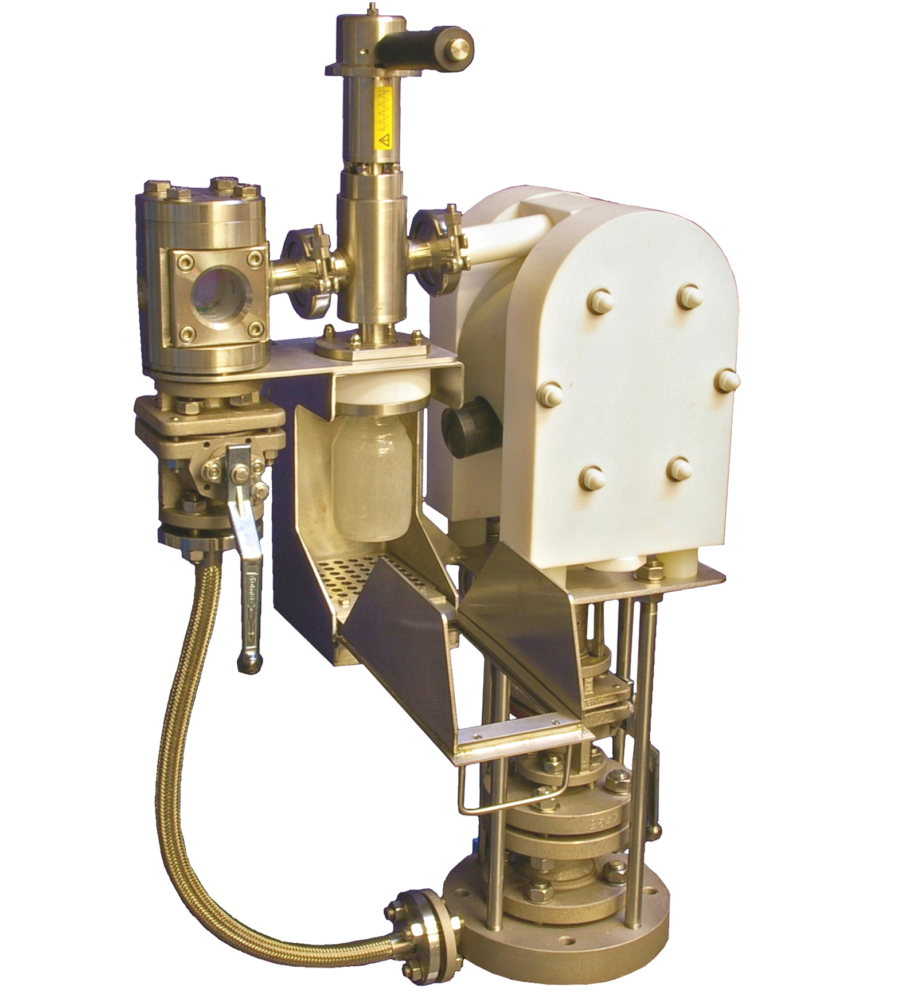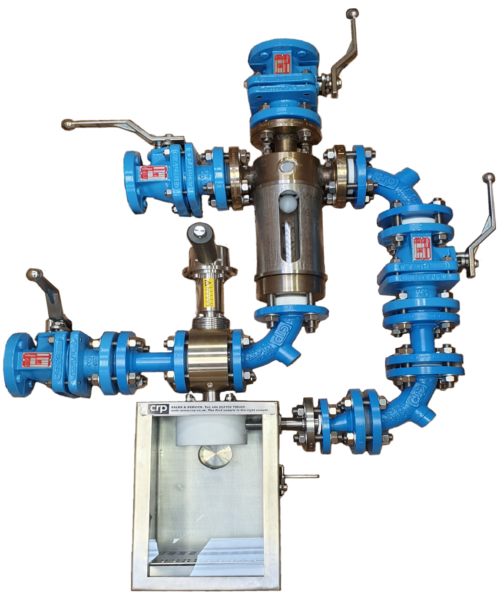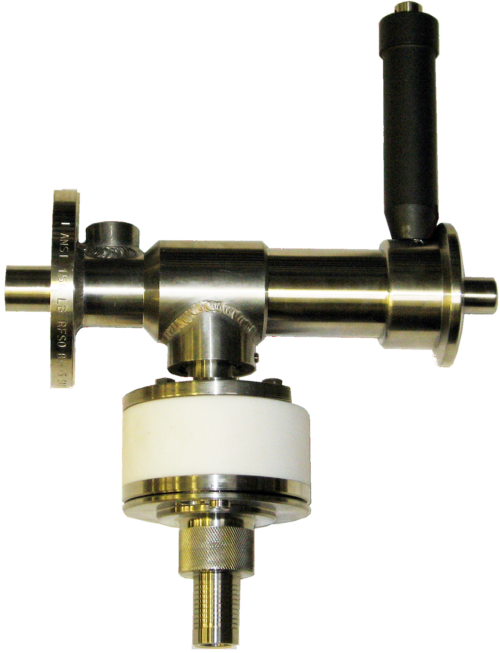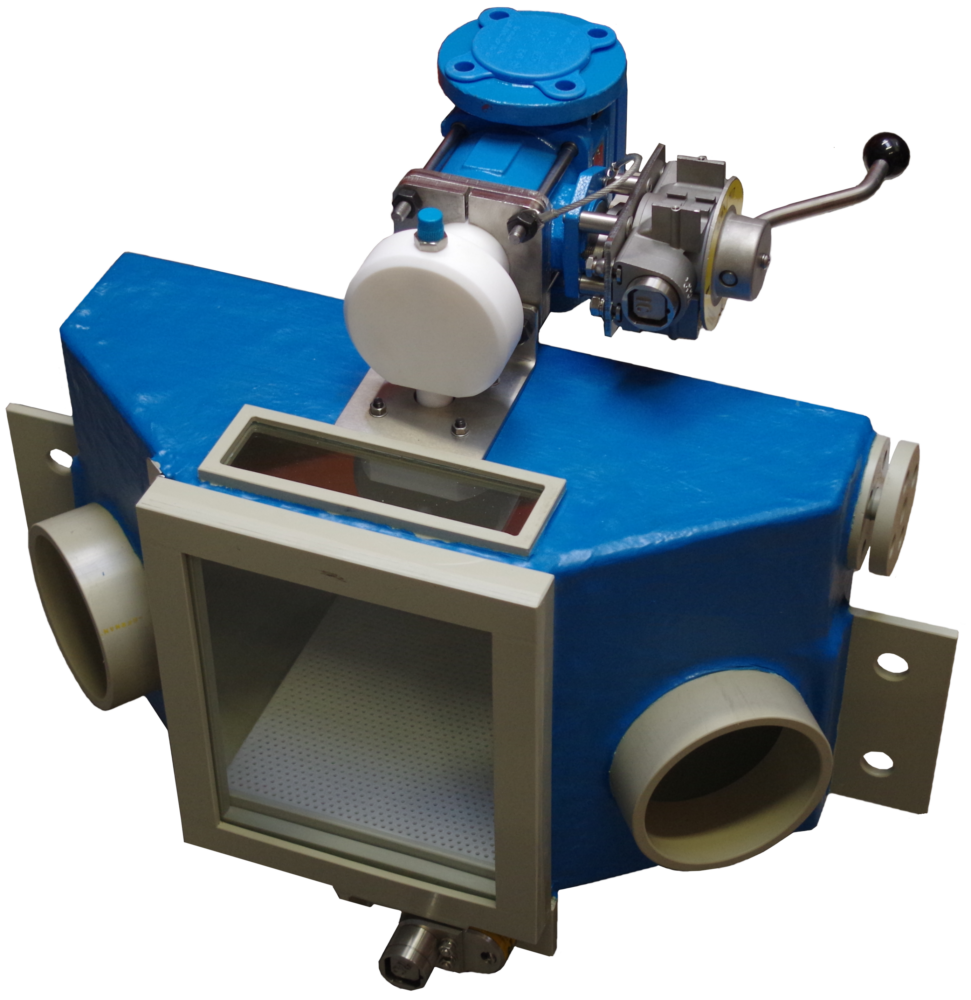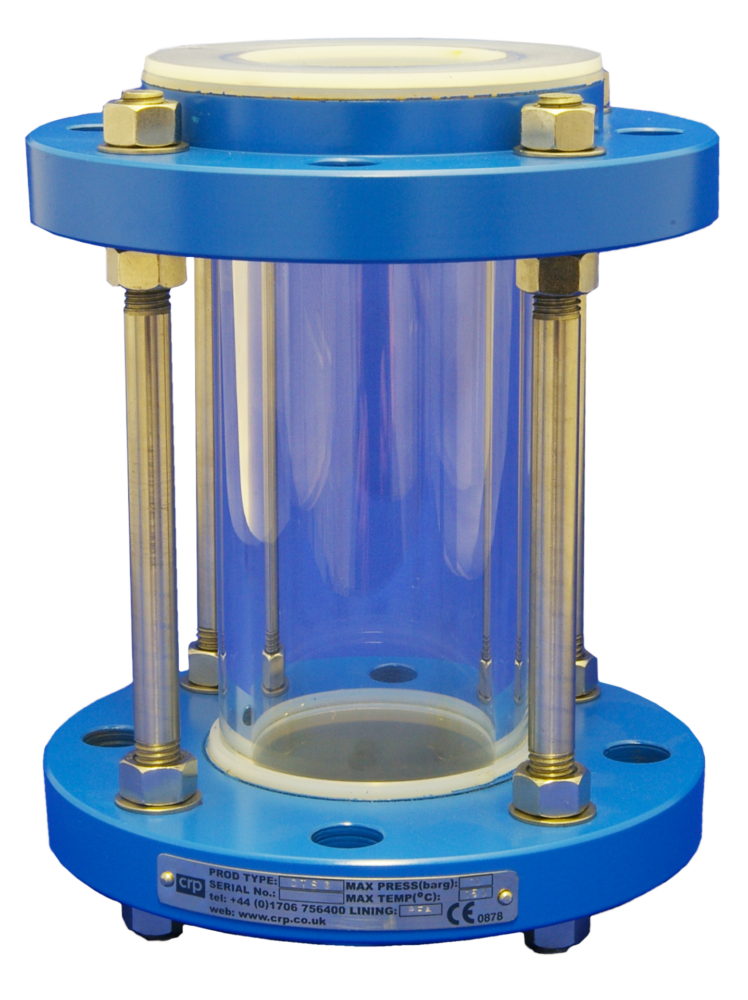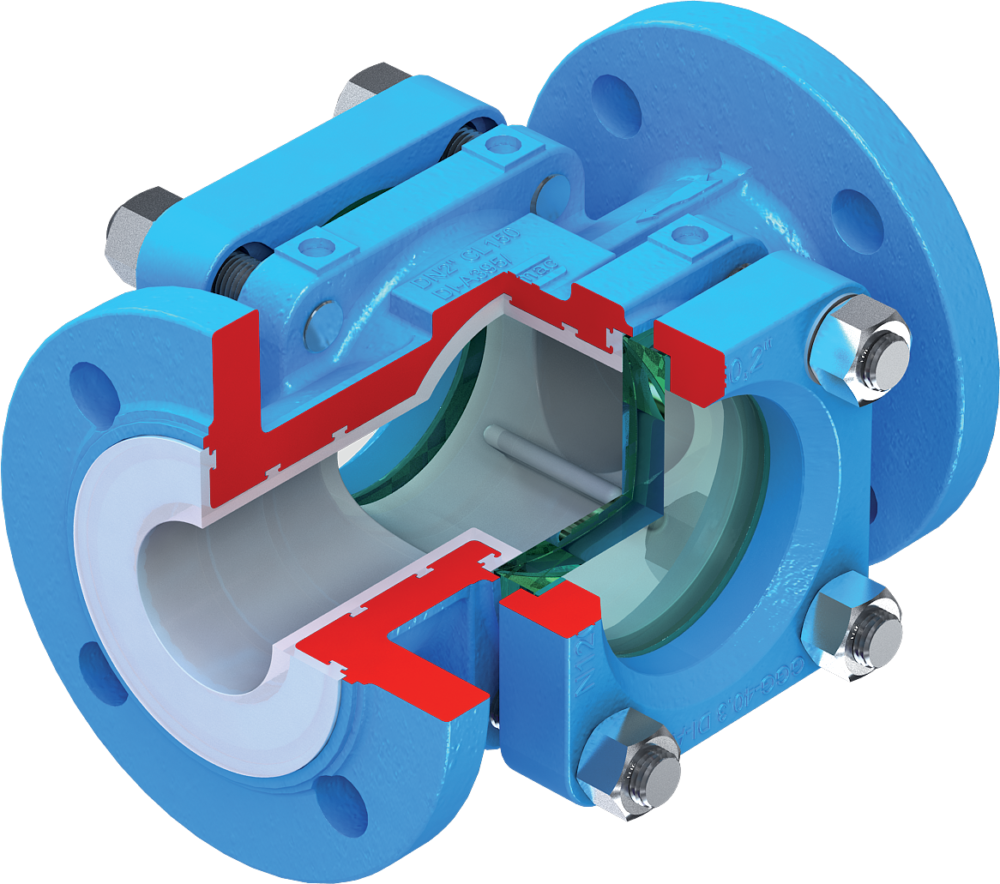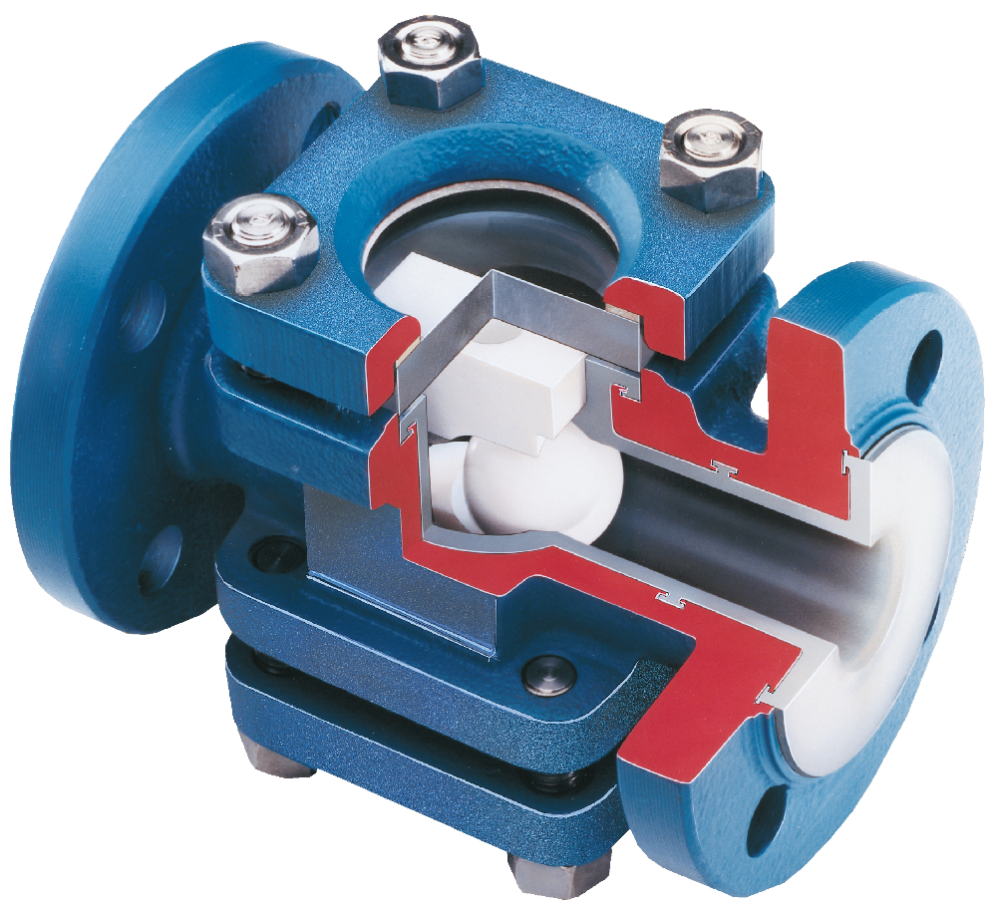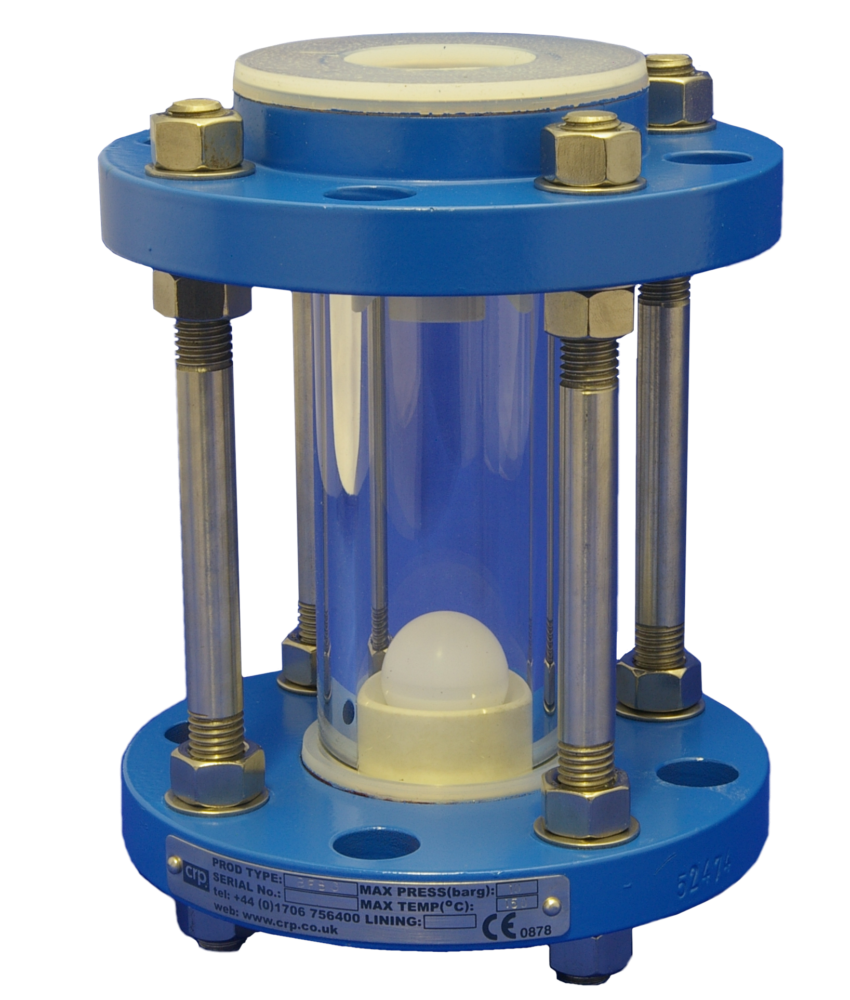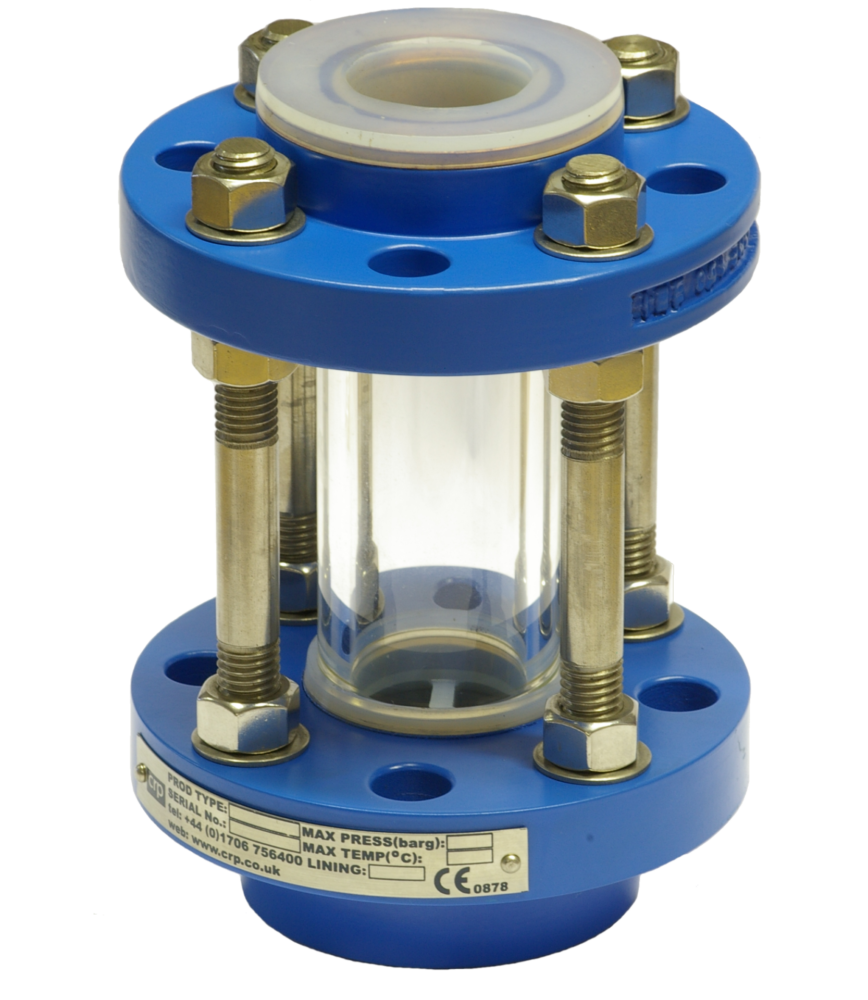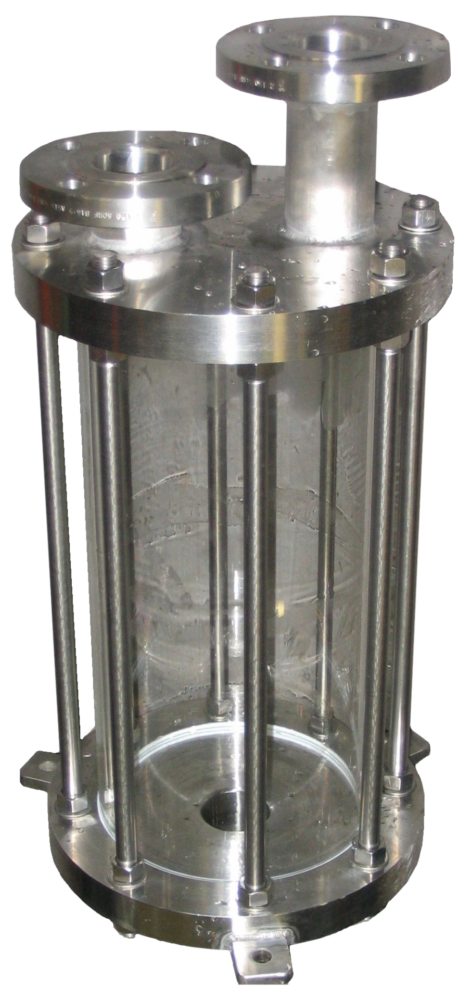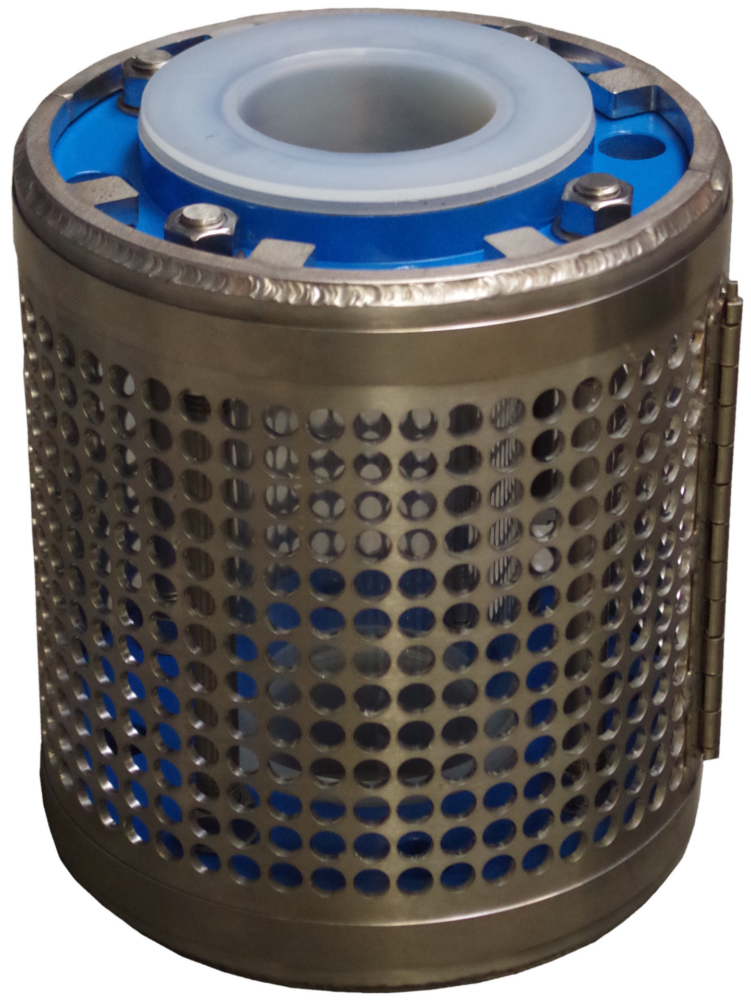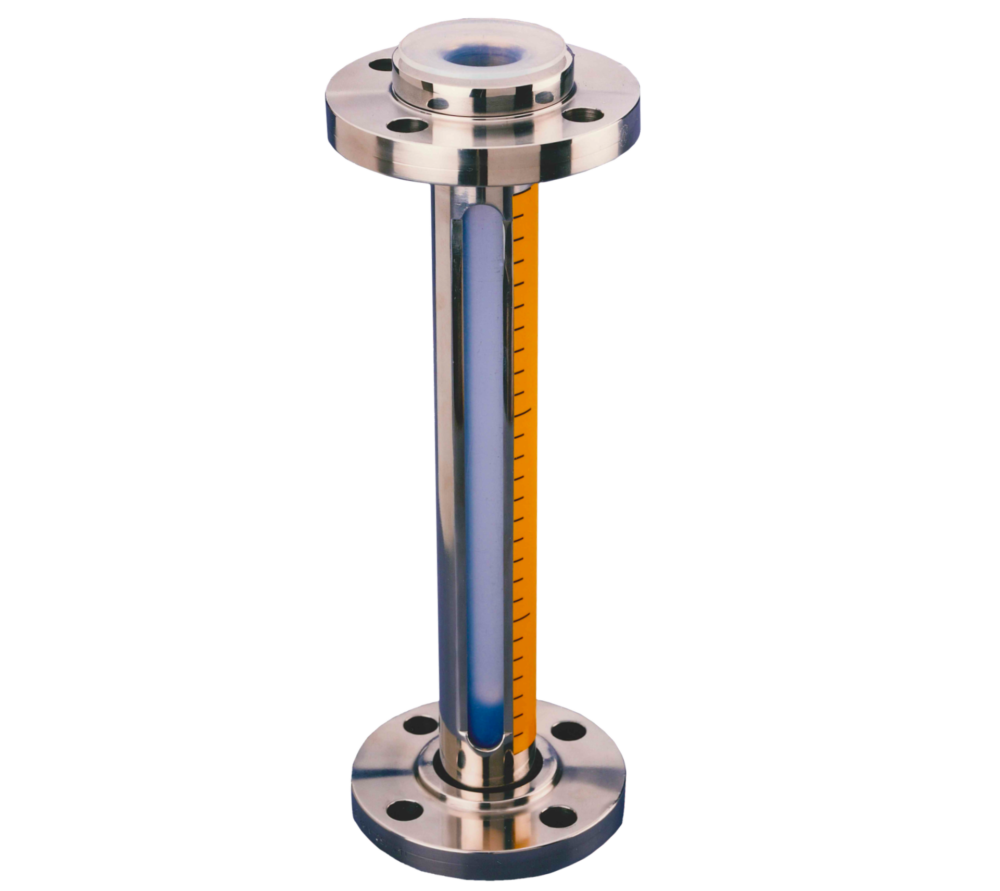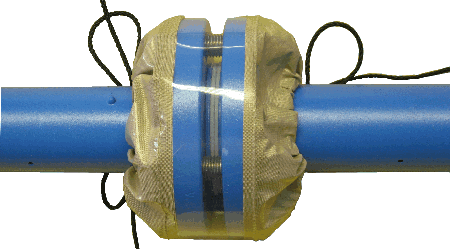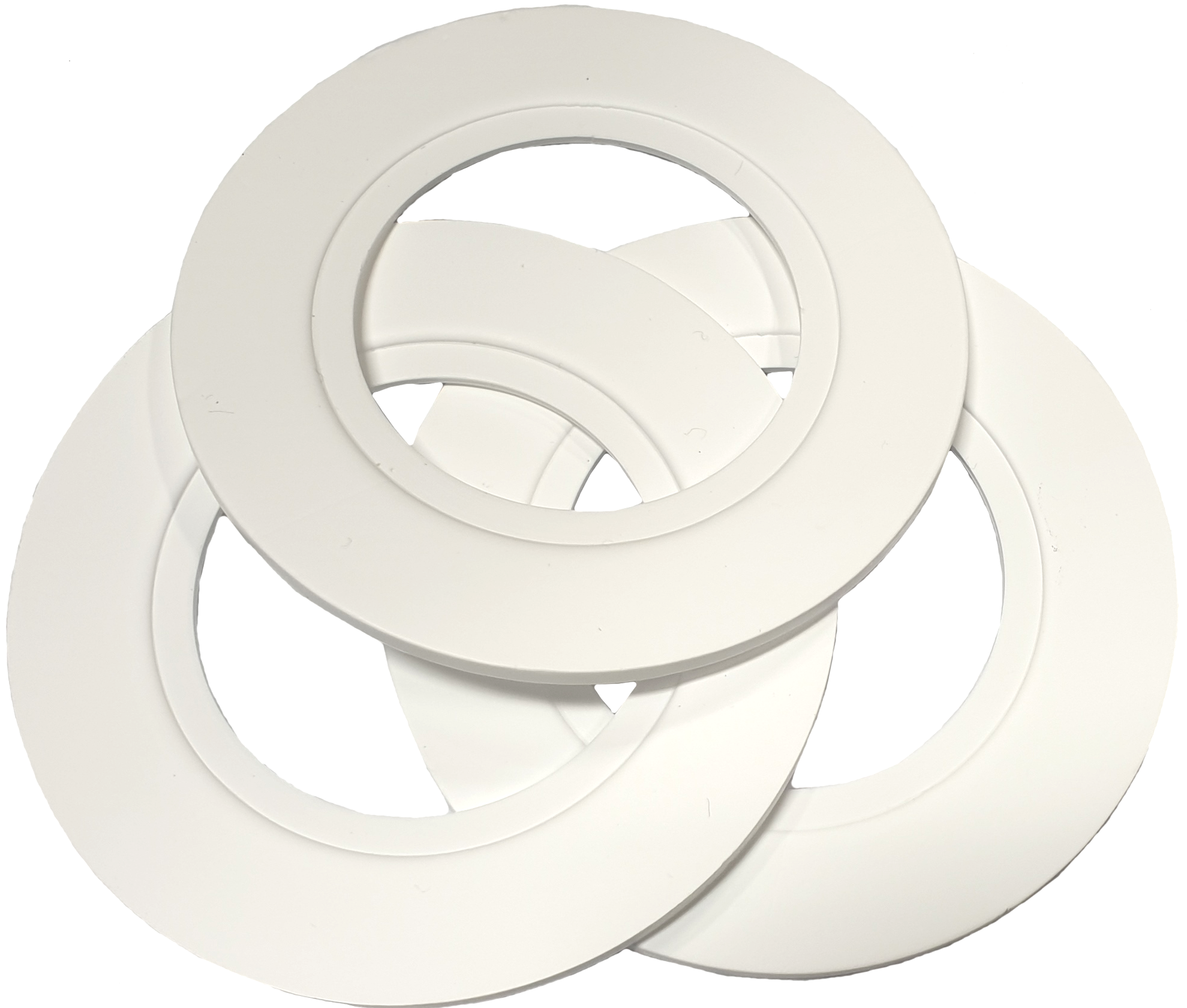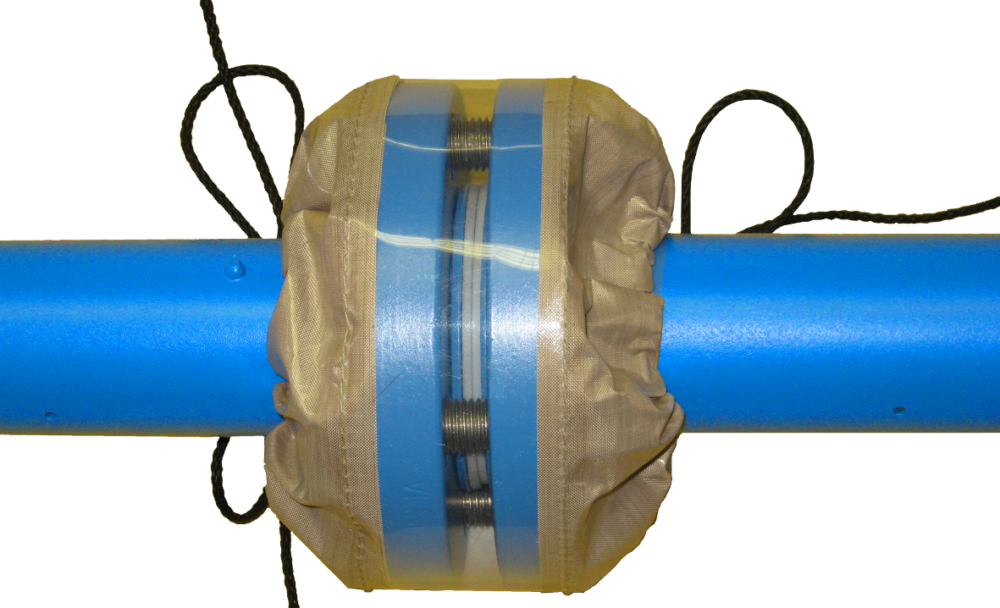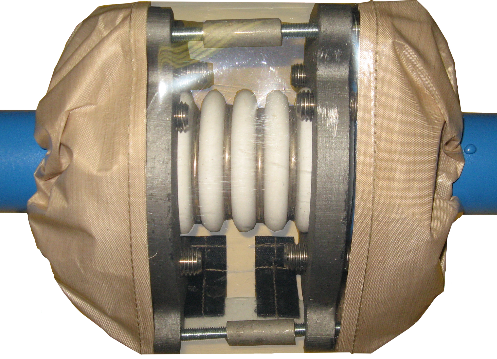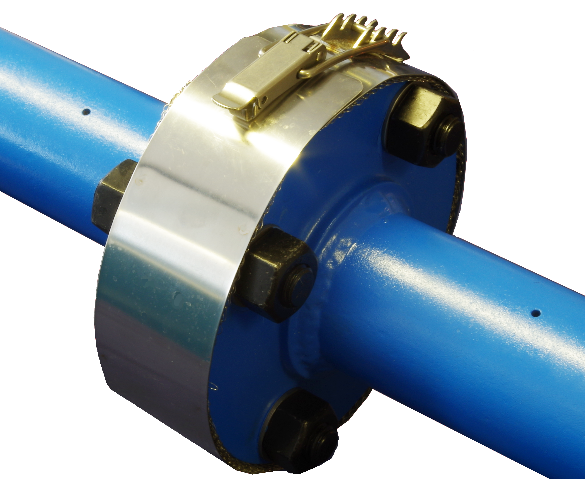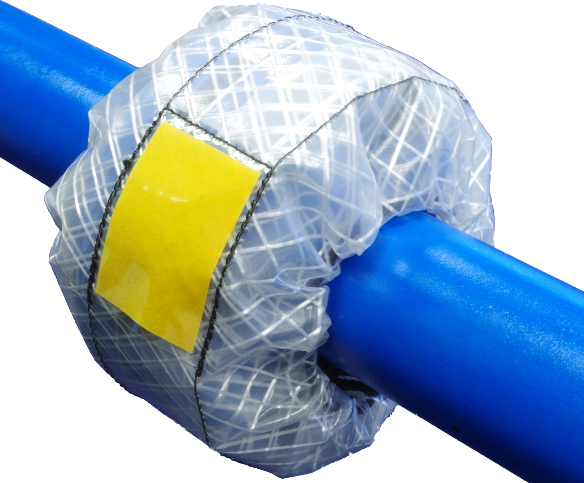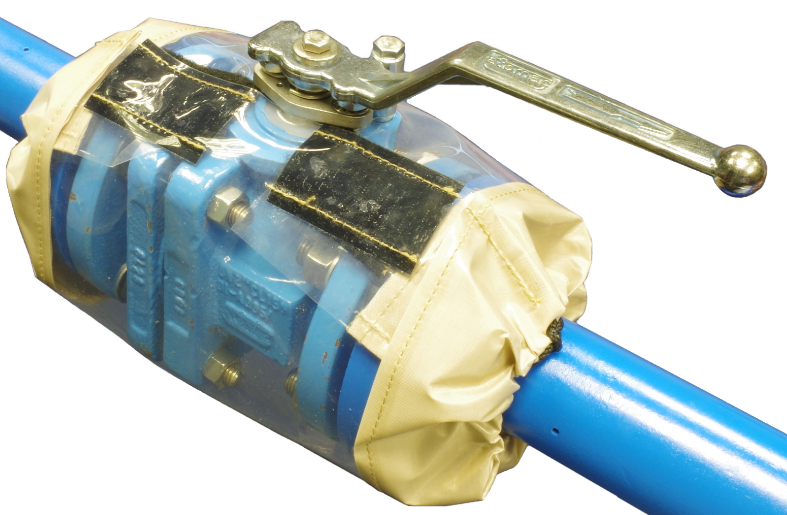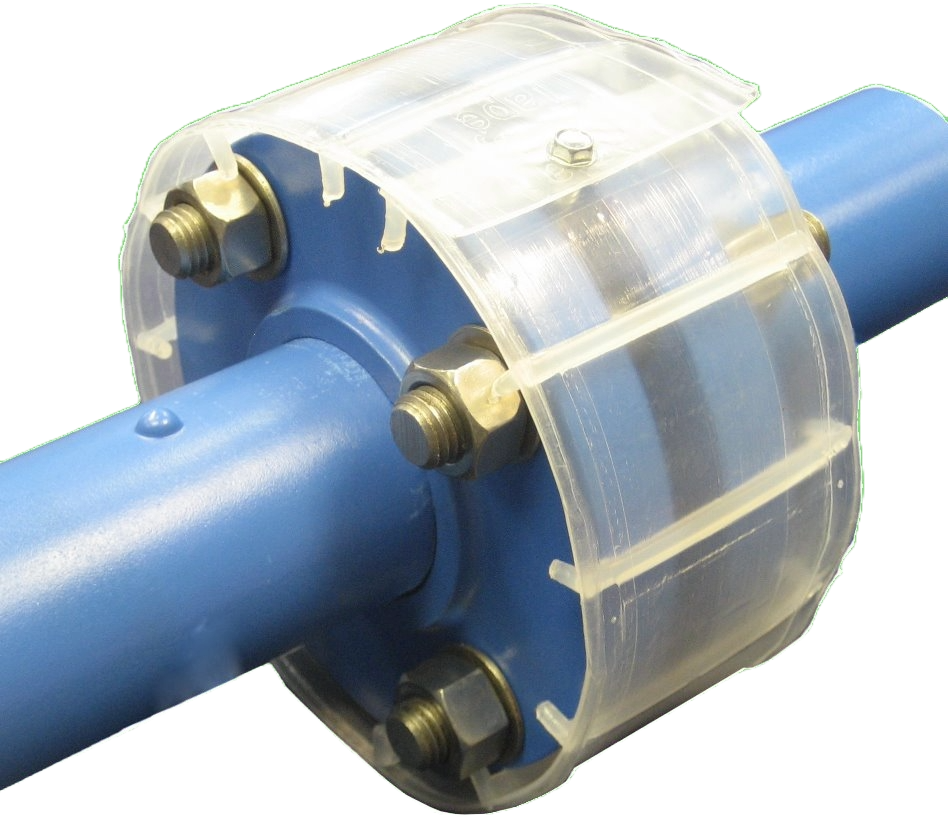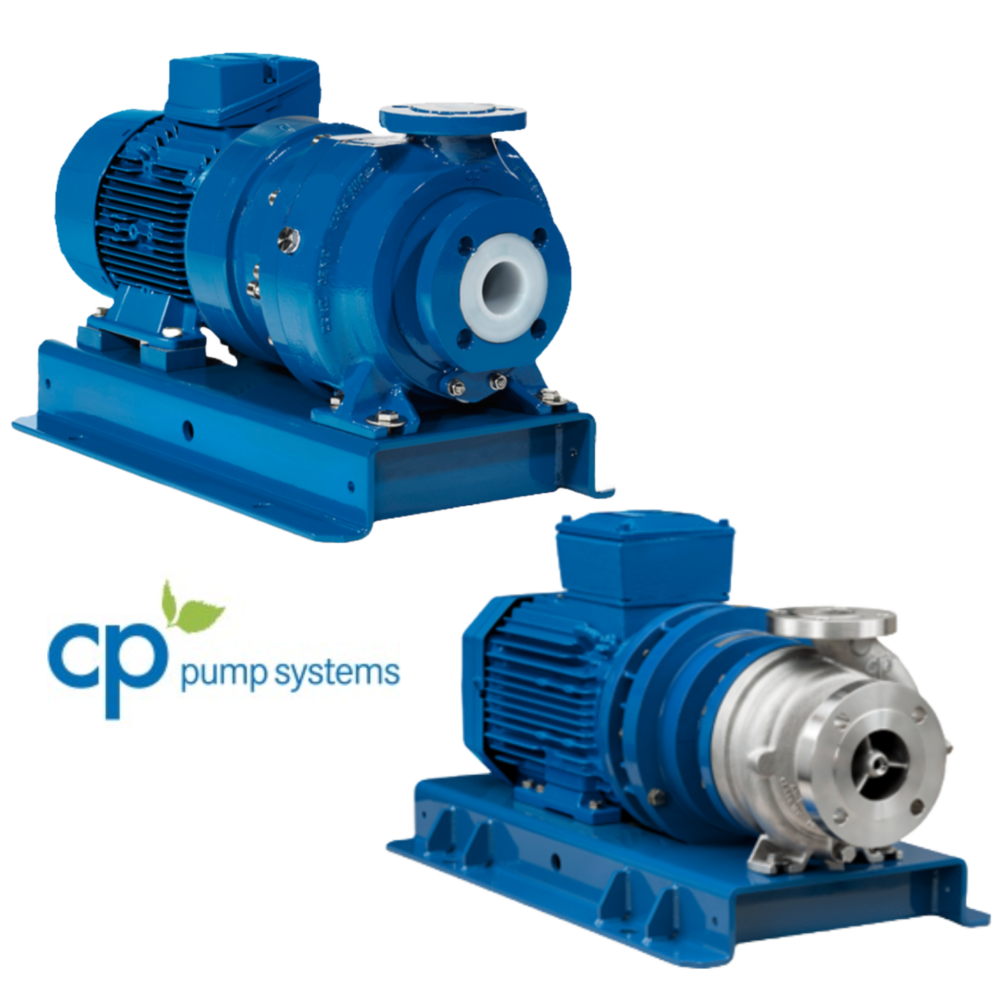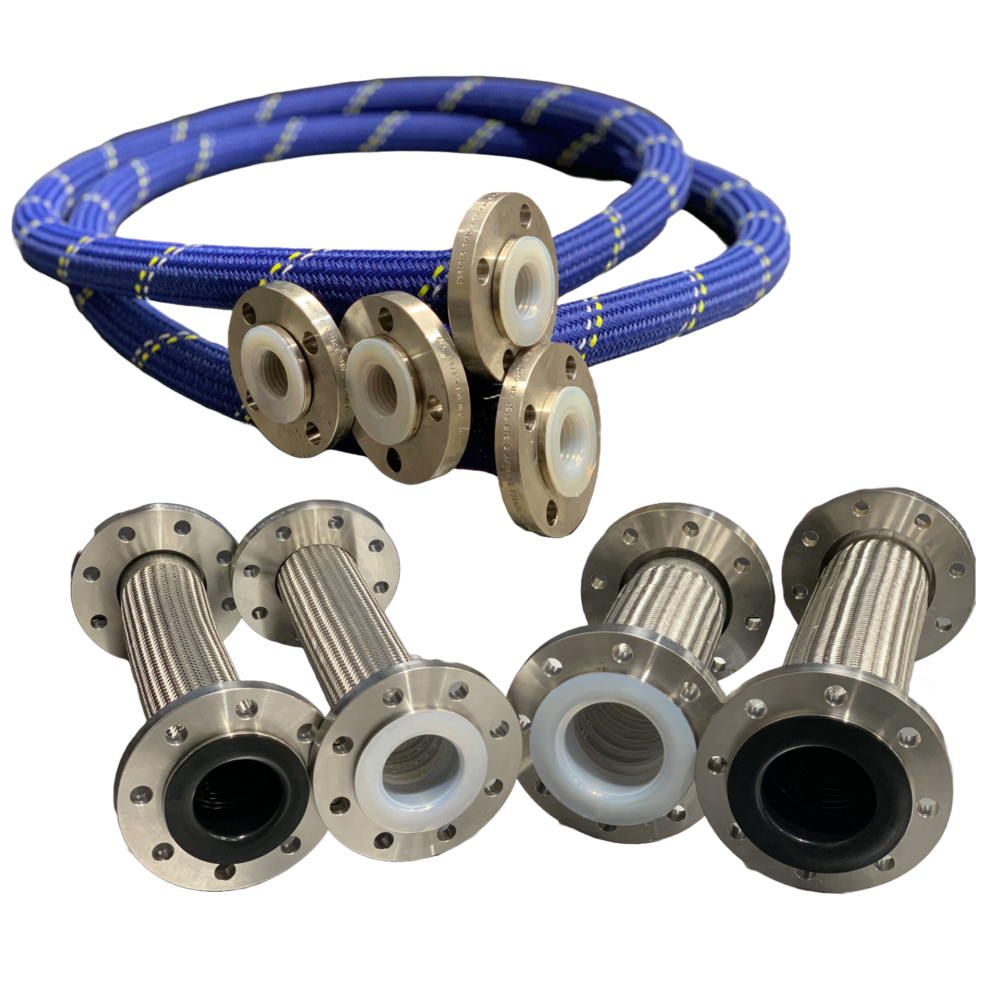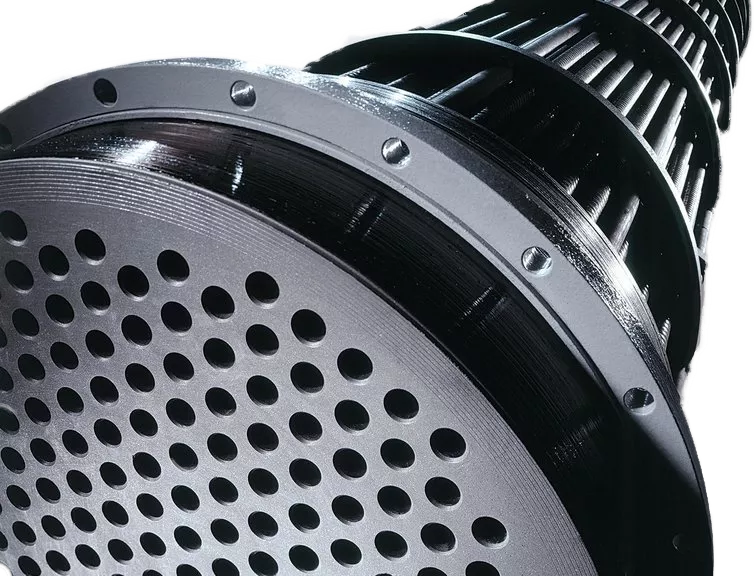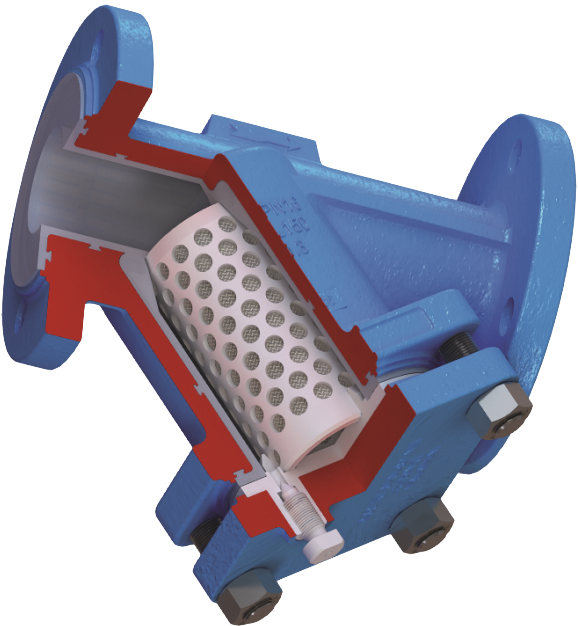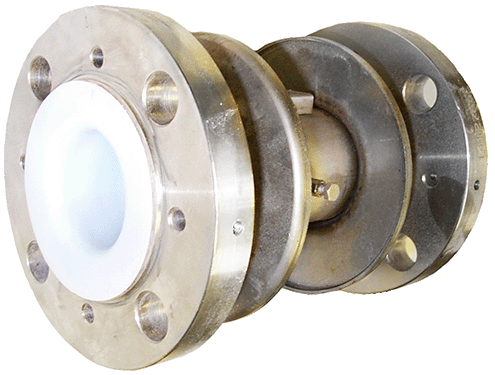Read why we recommend the Atomac ball valve, as the best PFA lined valve on the market and the natural choice for demanding, corrosive applications.
Keyways
Atomac ball valve has T-Slots and crosscut keyways anchoring the liner into the body, these offer best liner stabilisation and superior performance under a vacuum or extreme temperature loads.
Slots are machined into the metal body and side piece prior to lining. These slots are more commonly referred to as ‘keyways’, they are there to ensure that the PFA lining stays in position even under vacuum or high pressures.
But just having these keyways in the valve body does not ensure high performance under vacuum. The slots must be formed in shapes that will effectively keep the liner in place without putting it under stress. For example, a dovetail profile might seem like an obvious choice, especially as it is relatively easy to cut into steelwork. However, it is difficult to control the development of stress on the material during moulding. Also, the acute angle of the dovetail supports the tendency of the PFA to crack under vacuum/temperature load.
A 90o cut-in is also sometimes used. Again, this seems like a good option as it can be cut with simple machining tools and the liquified PFA can settle without any stress. But this profile of cut offers very little in the way of liner retention and will not withstand elevated temperature, vacuum or thermal cycling.
For retention of liner in dimensionally critical areas such in the main ball cavity behind the valve seats a crosscut keyway is the best choice as it is easy to machine and the stress development of the PFA can be controlled. This profile is used in the ball cavities of all Atomac lined ball valves, it securely locks the liner against uni-directional loads. That does mean that it is not suitable for use in the main water way of the valve.
For anchorage points in the main bore of the valve T-slots are used, they are expensive to machine, and it is difficult to control the stress development of the PFA during lining. Through extensive product development it has been found that this negative stress development can be controlled through formulating dedicated recipes for each component, paying special attention to:
- Injection parameters
- Viscosity
- Heating cycles
- Cooling cycles
The main advantage of these T slots is that they do not have the acute angles of a dovetail and so offer superior performance under vacuum/temperature loads.
To see our range in ball valves here.
Floating Ball Design
Another key feature that sets Atomac Ball valve apart, is the floating ball design, offering a superior seal and increased operational safety.
How the floating ball design works:
The ball moves slightly along the flow axis. When the valve is shut the ball is forced against the seat of the pipe by the process pressure, giving it a tight enhanced seal. This offers a bubble tight shut-off across the pressure range. Making the product ideal in dealing with high pressure flows.
Floating Ball Vs Monoblock:
When you compare a floating ball to a monoblock design. The one-piece monoblock design tends to cause line forces to be transmitted through the stem and can create a leak through valve gland However with the Floating ball design the enhanced seal ensures line forces are not transmitted to the stem, meaning no corrosive material get into the stem, minimising leak.
If you are looking for increased safety and lower maintenance cost over all the floating ball valve, choose the Atomac ball valve.
Low operating Torque:
Due to the low friction between the ball valve and the lining, the ball design offers low operating torque. In addition, this low friction can result in easier maintenance and lower overall operating cost.
Overall, the floating ball design compliments the properties of PFA, resulting in a valve that offers excellent sealing, durability, ease of operation, and resistance to chemicals and temperature variations. This makes PFA-lined floating ball valves a popular choice in industries such as chemical processing, pharmaceuticals, and food and beverage, where these properties are crucial.
Anti-blowout Protection on the Stem
Anti-blowout protection is a vital safety feature in valve design that prevents the stem from being ejected under high pressure conditions. This protection enhances safety, maintains structural integrity, ensures compliance with industry standards, and contributes to the reliable and safe operation of the valve in a wide range of applications. Pairing this with the floating ball design ensures optimal safety and durability in your piping system.
